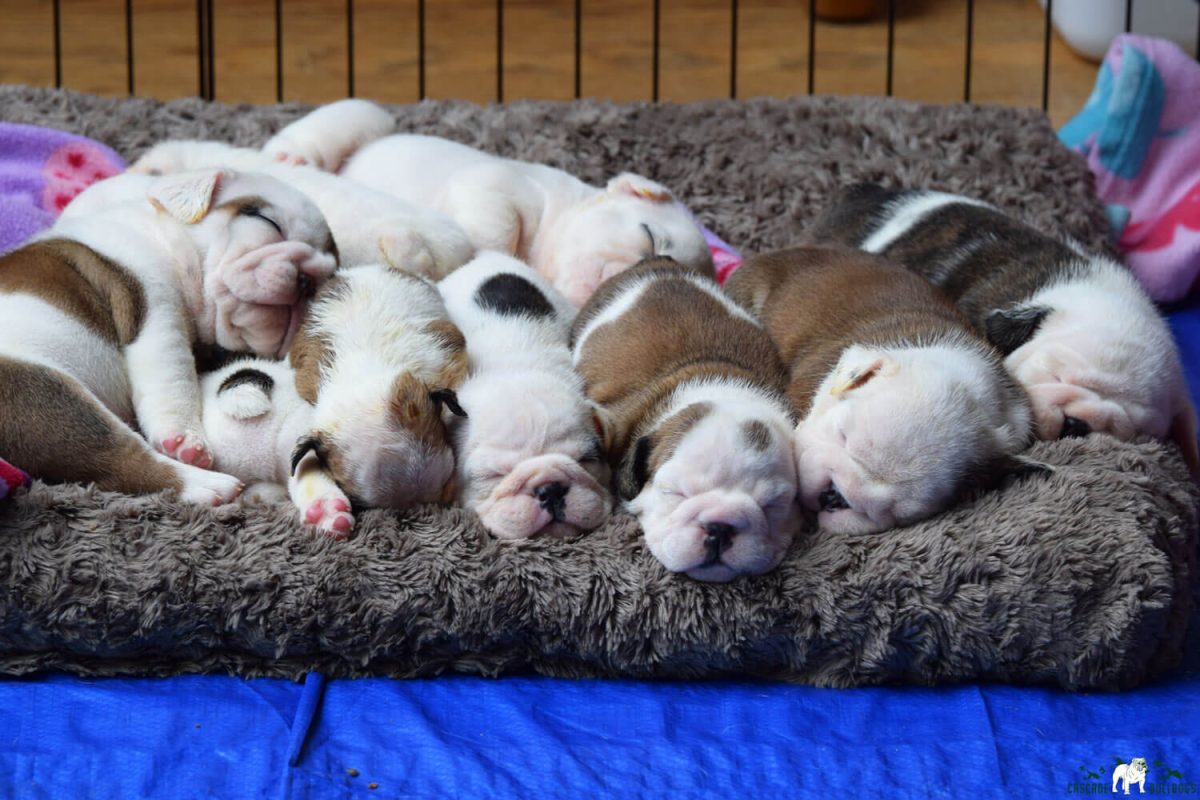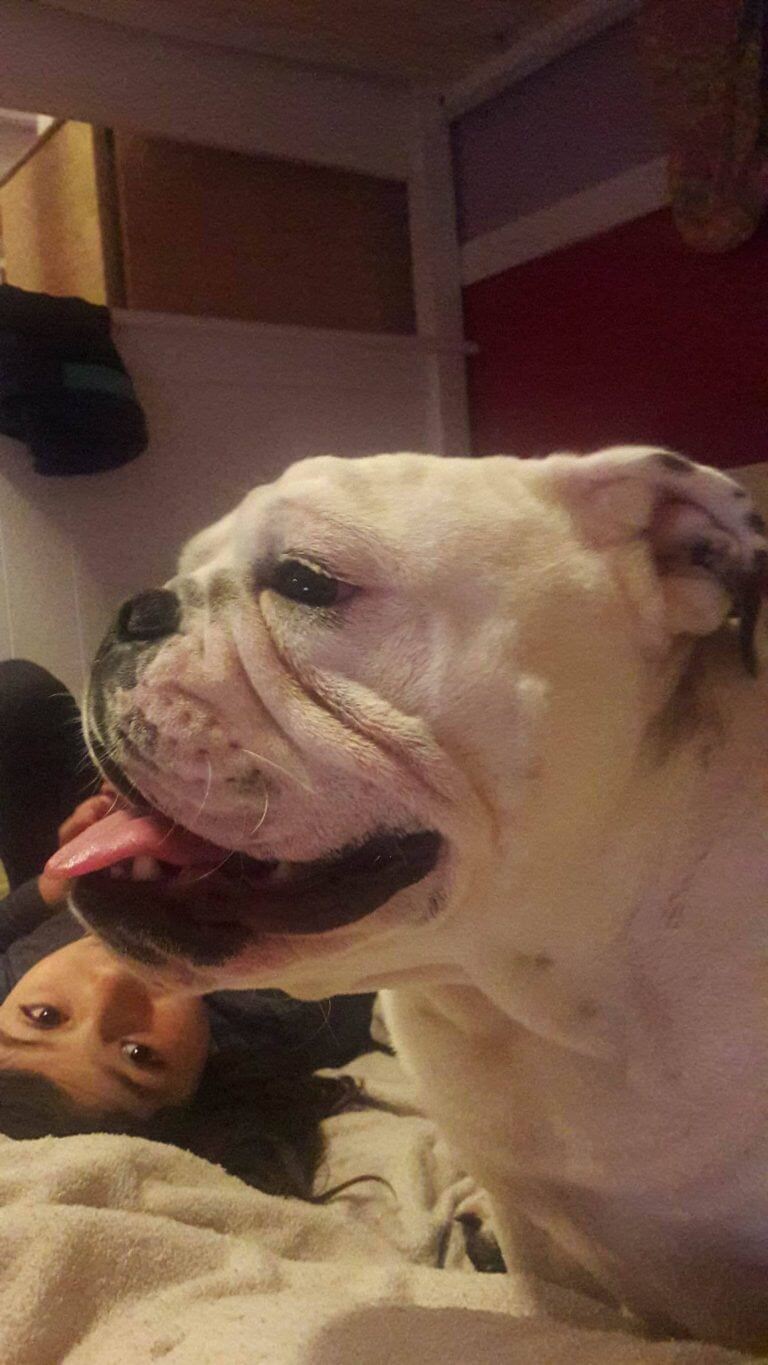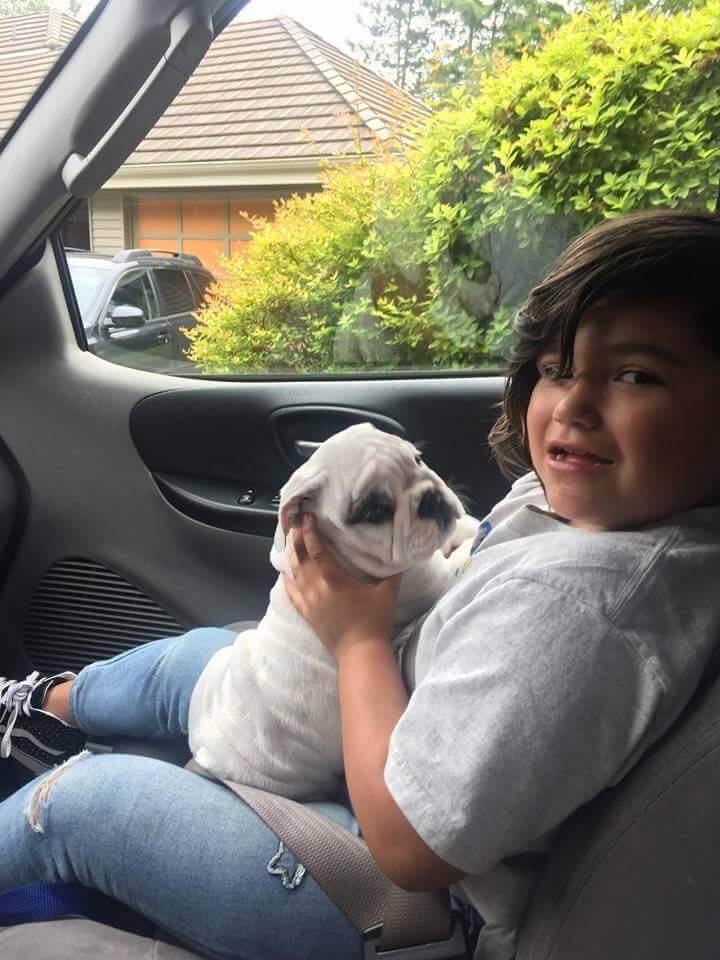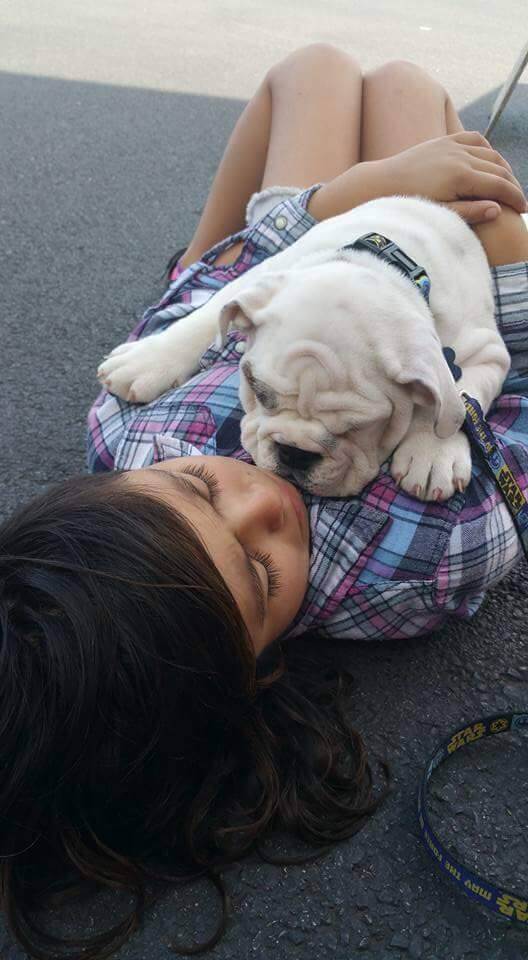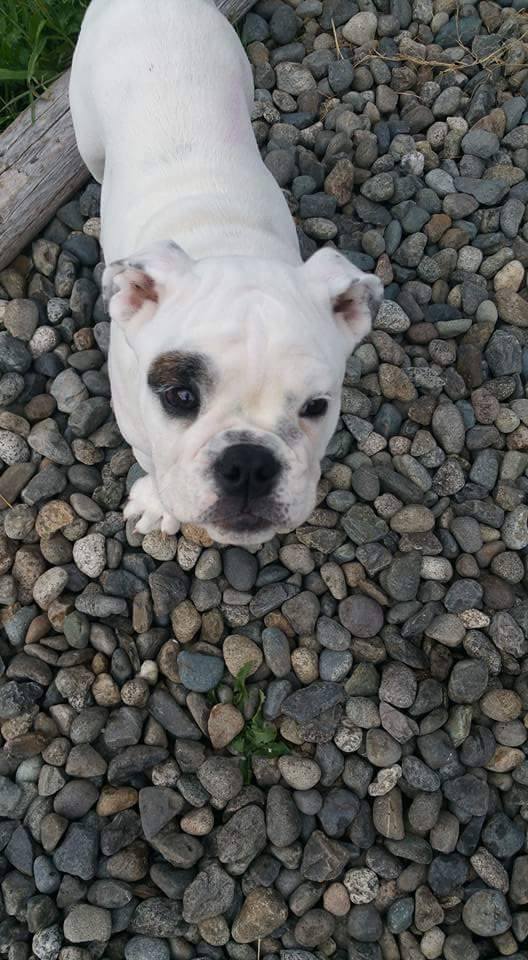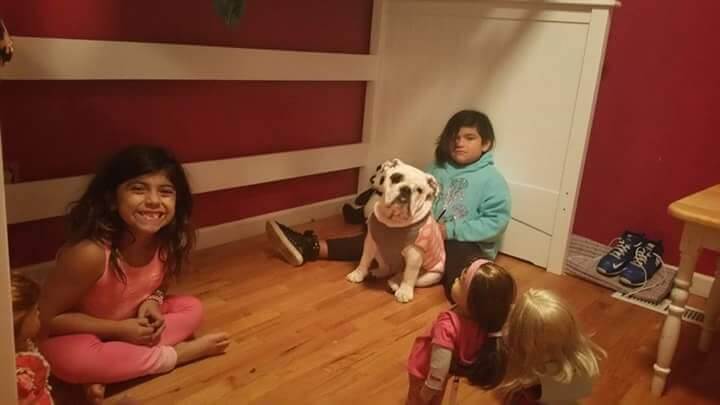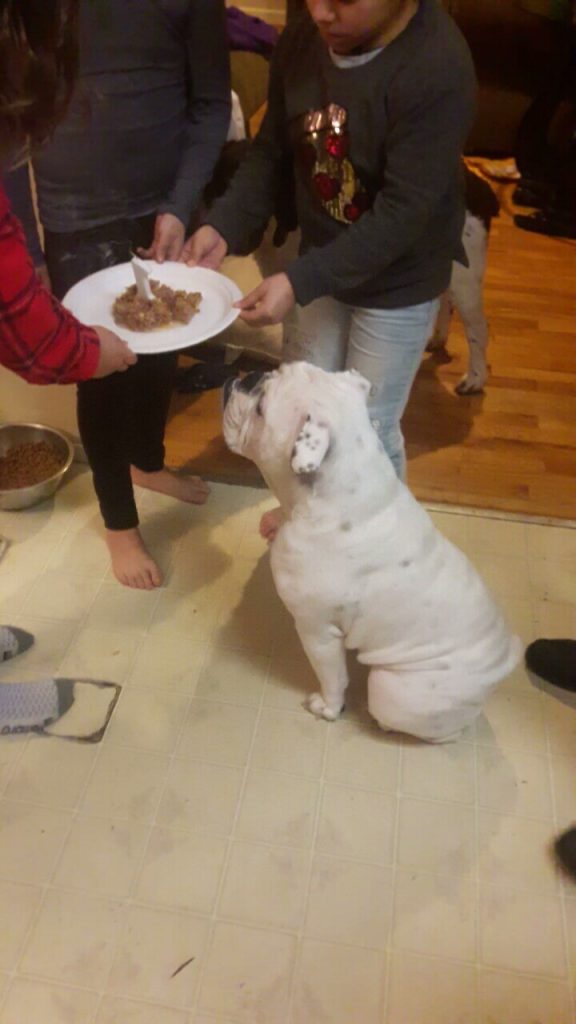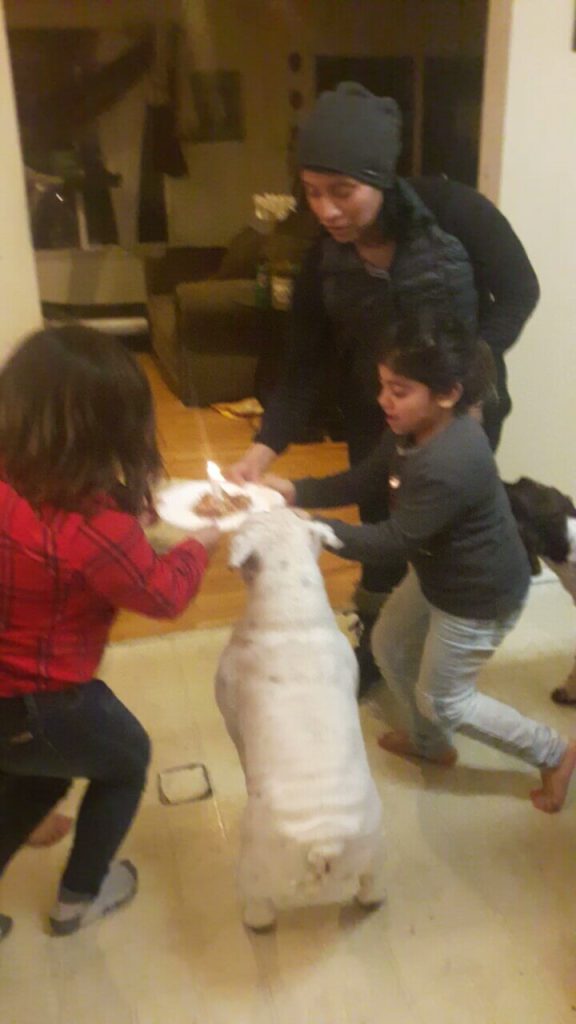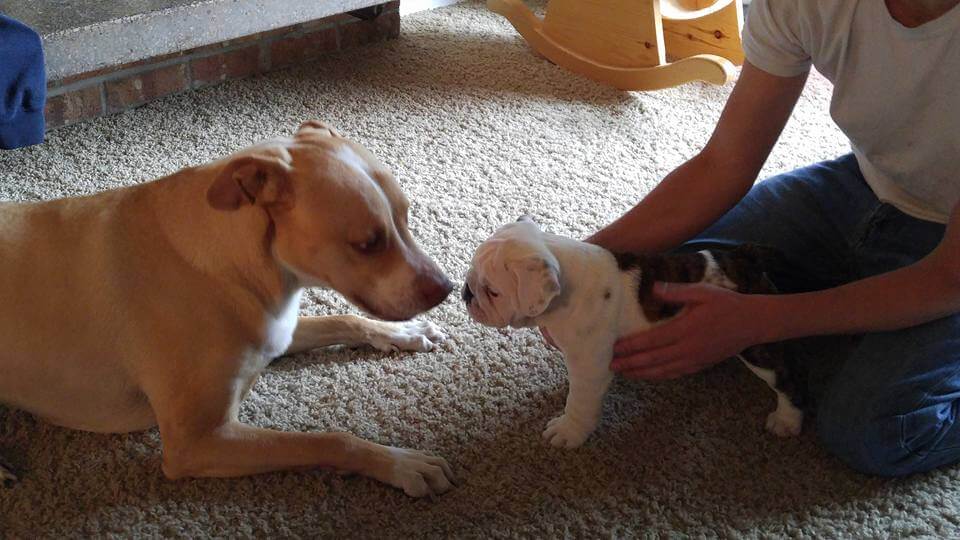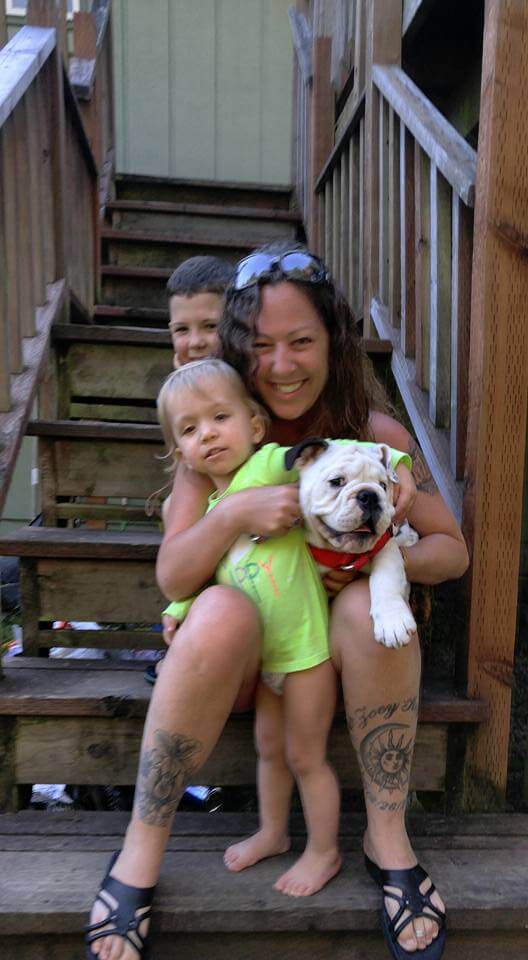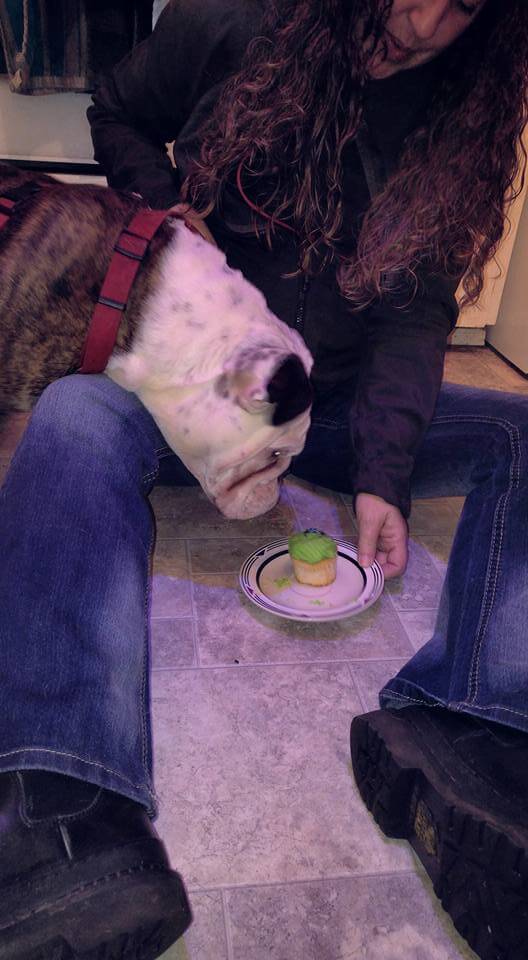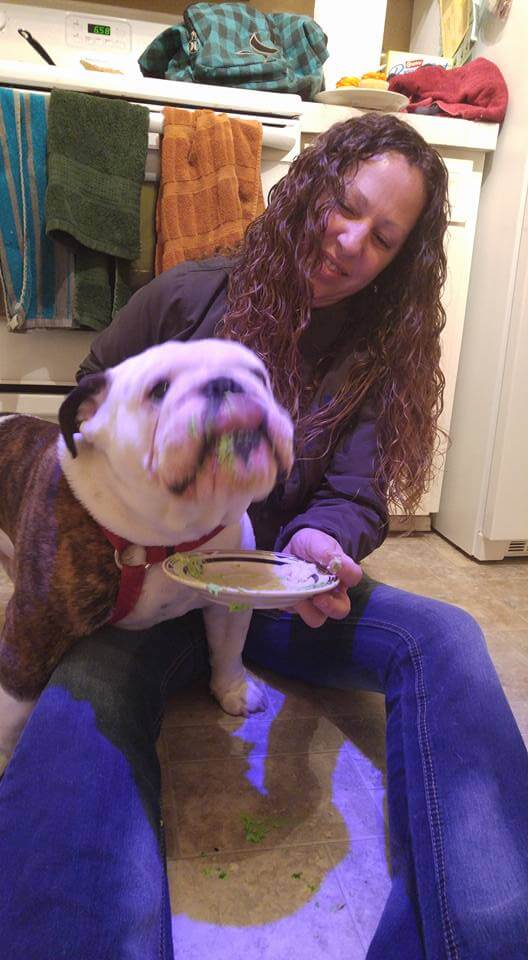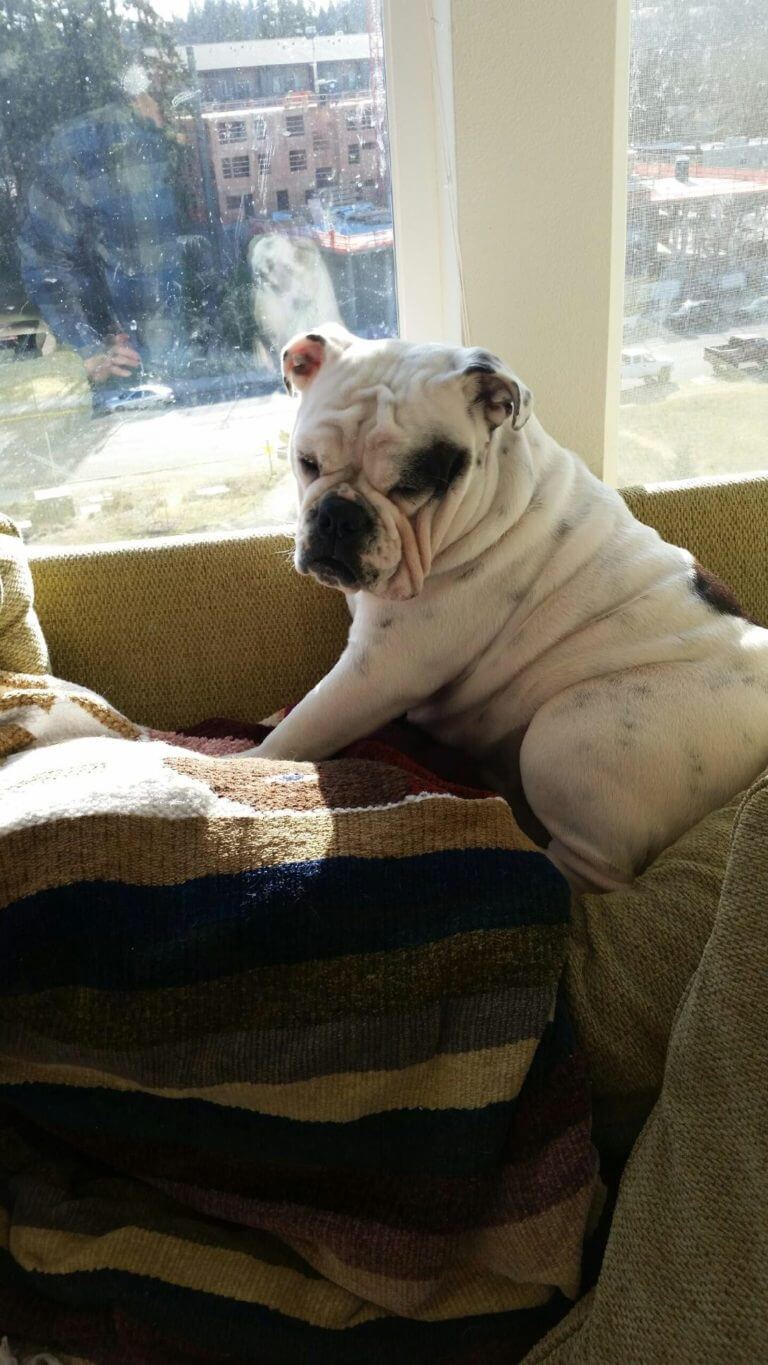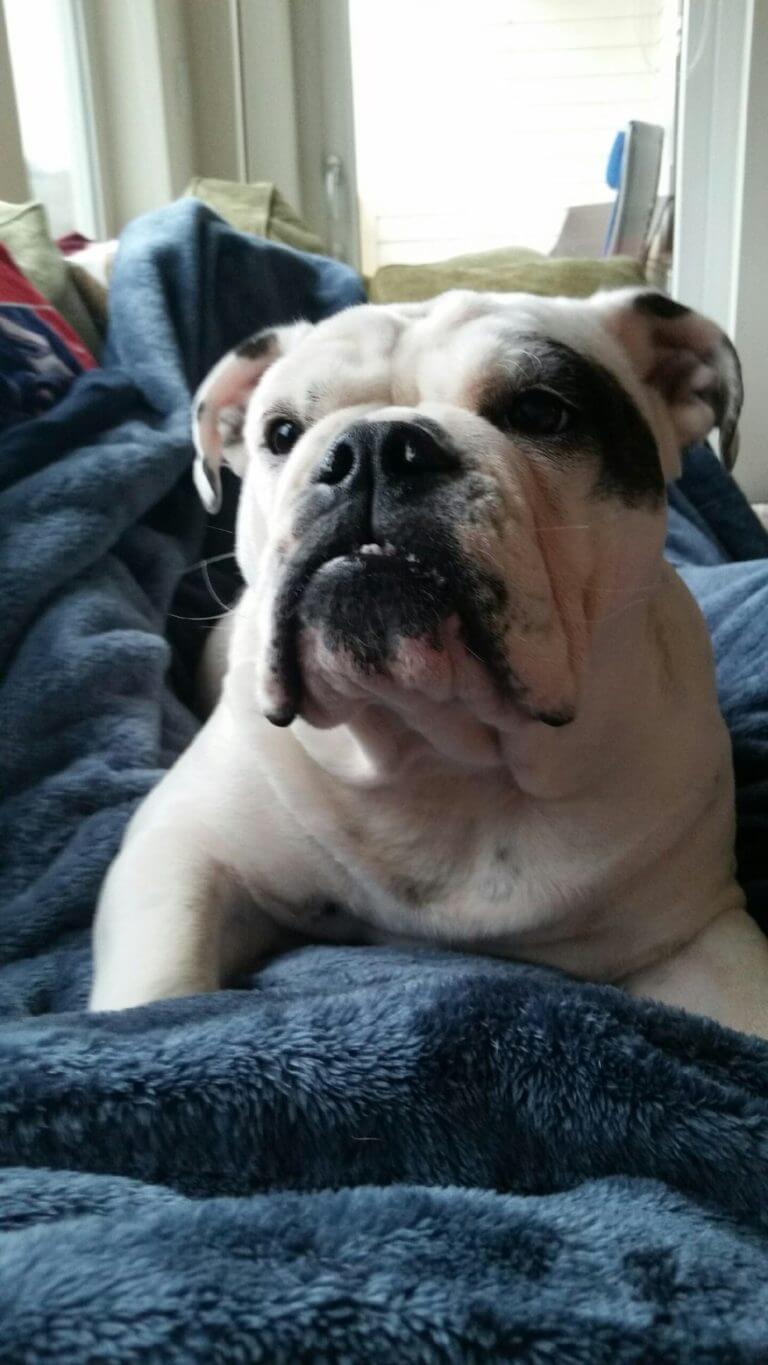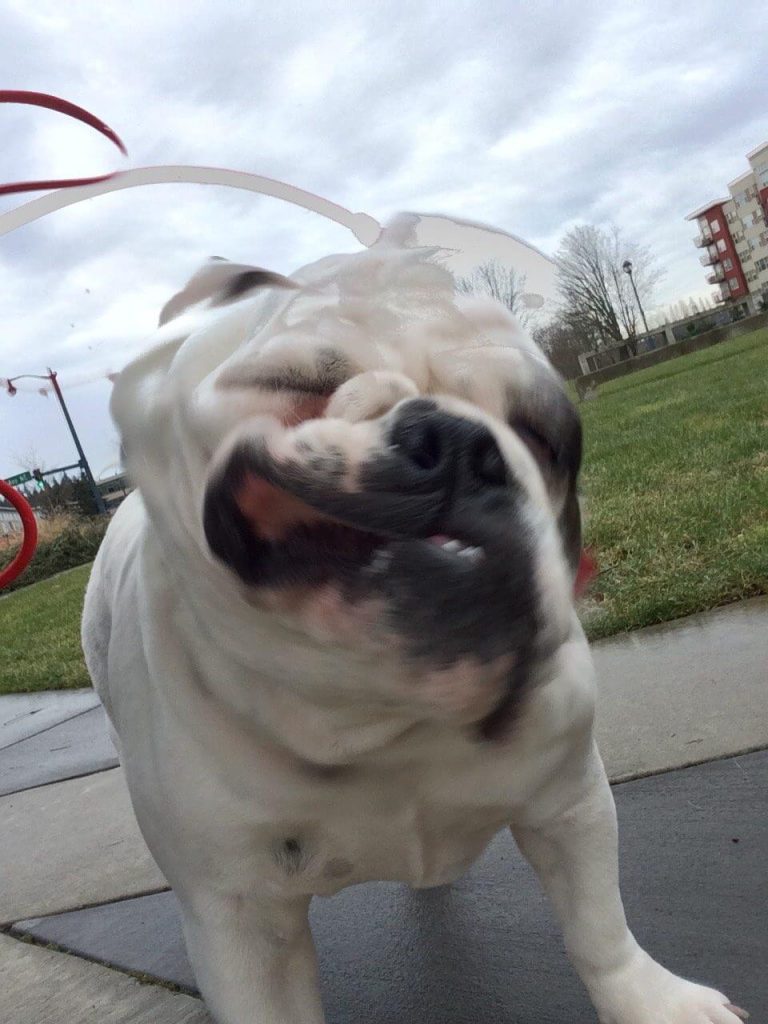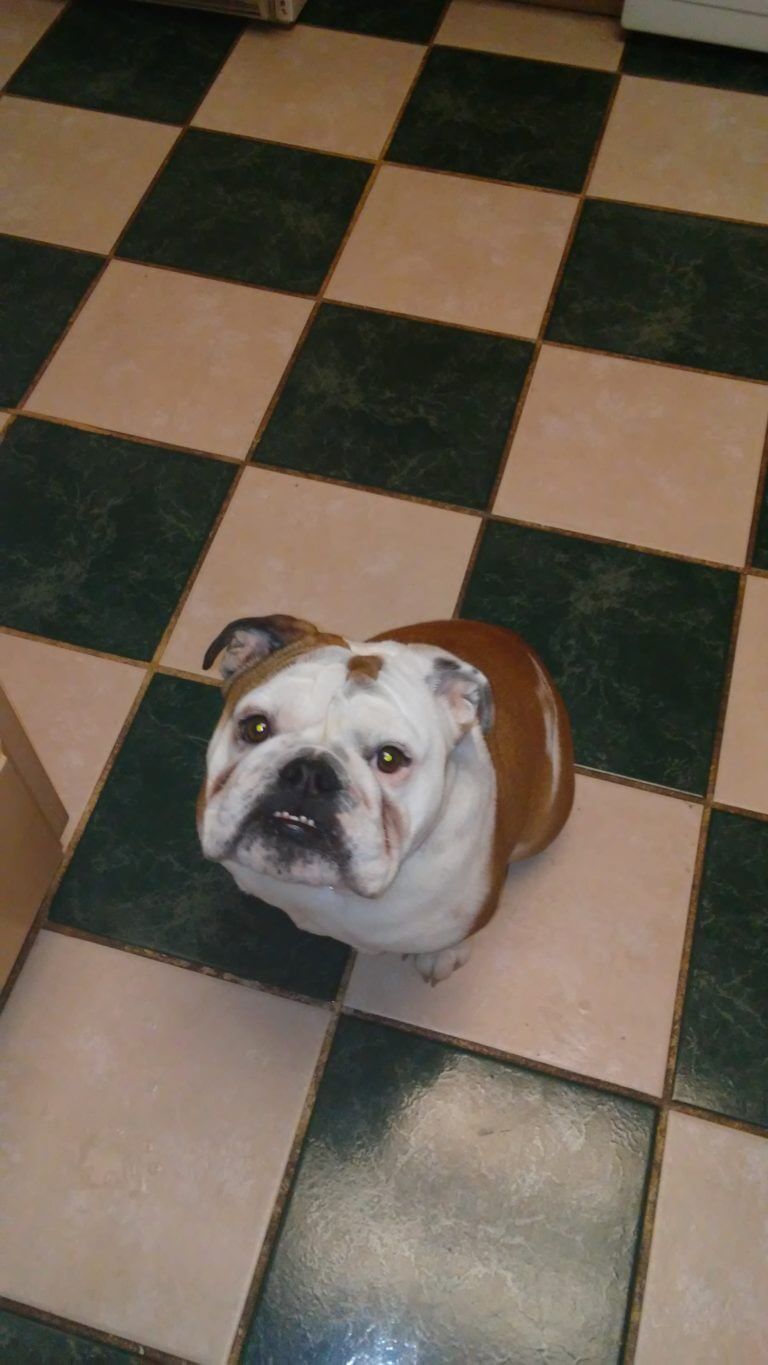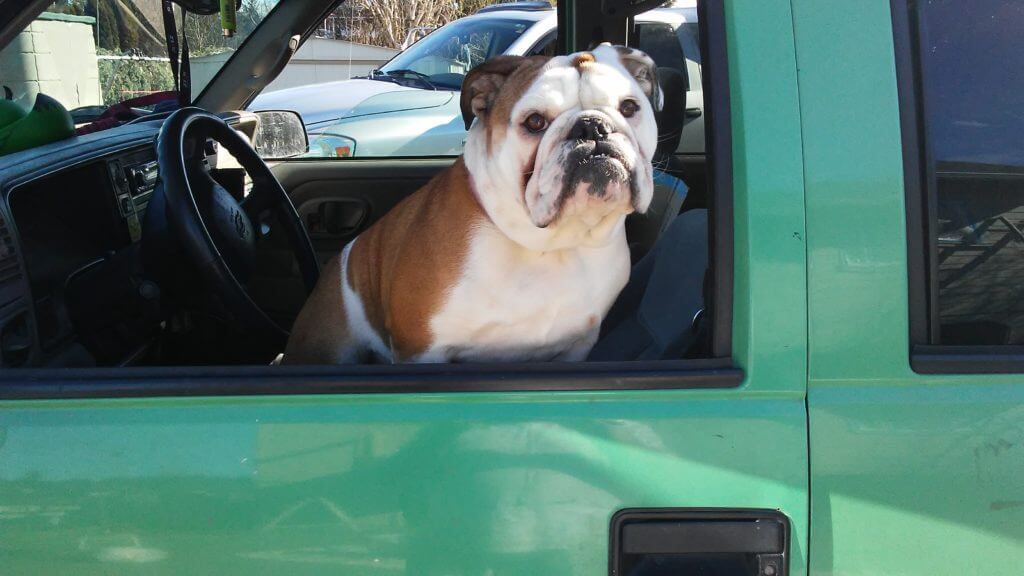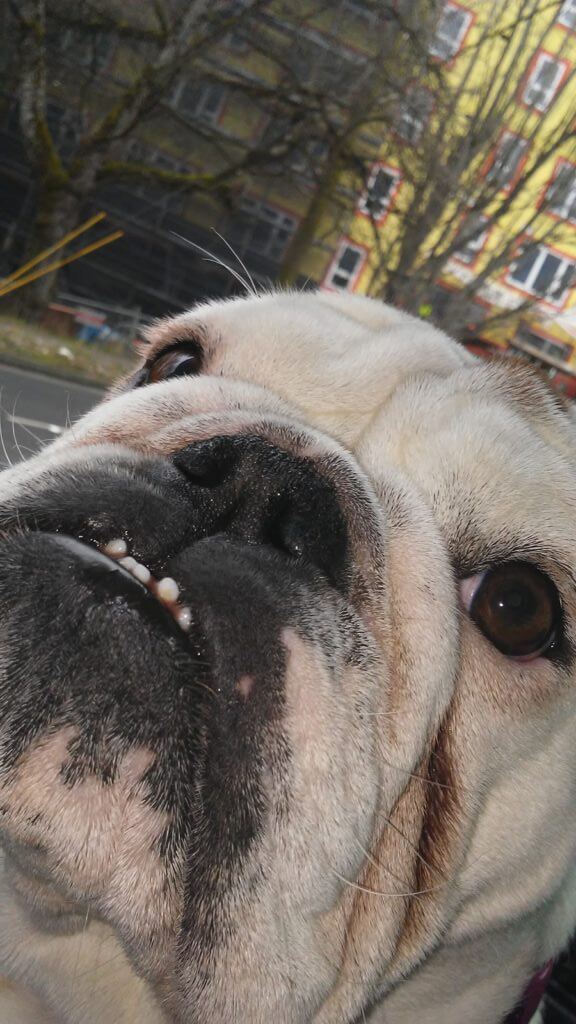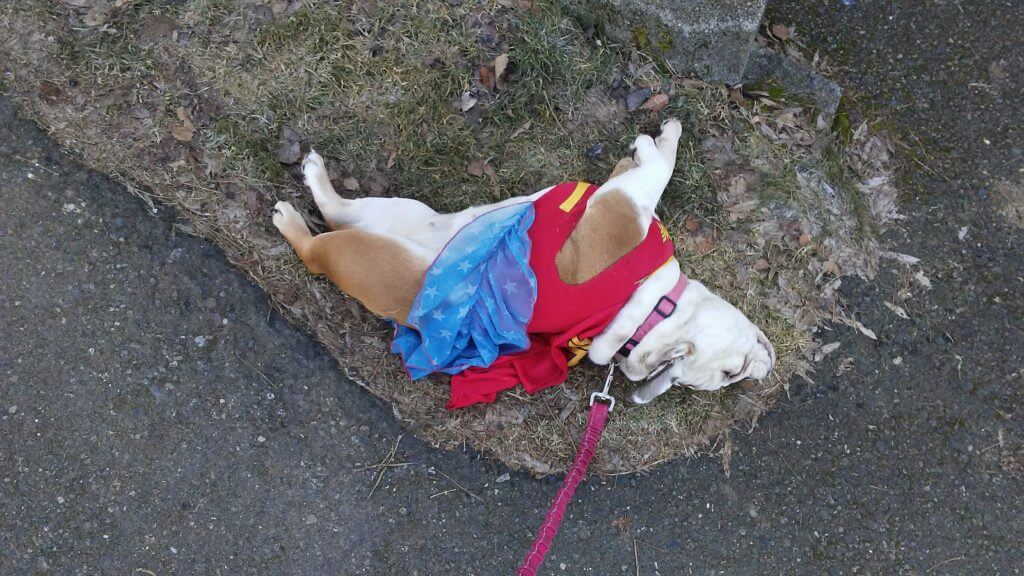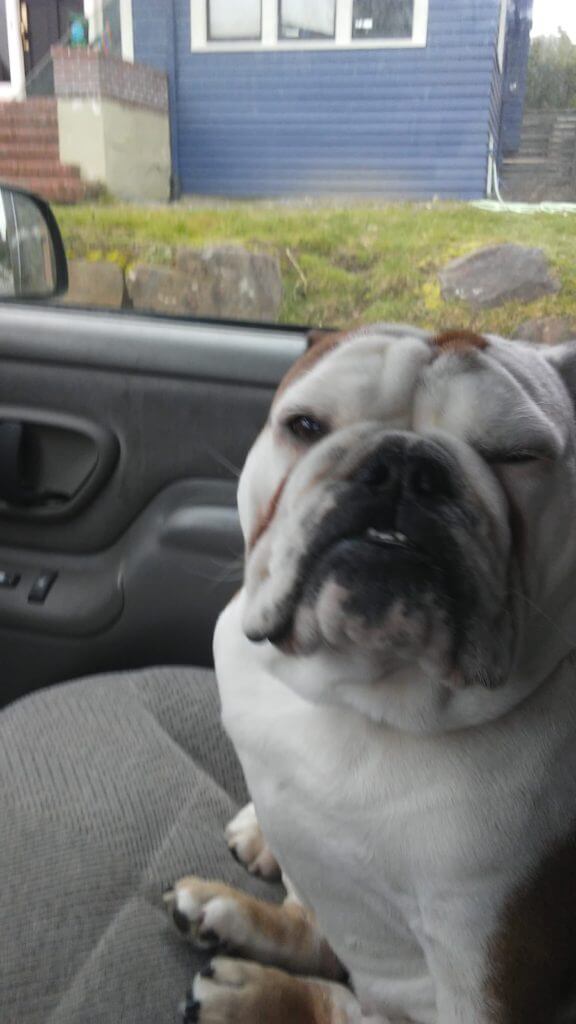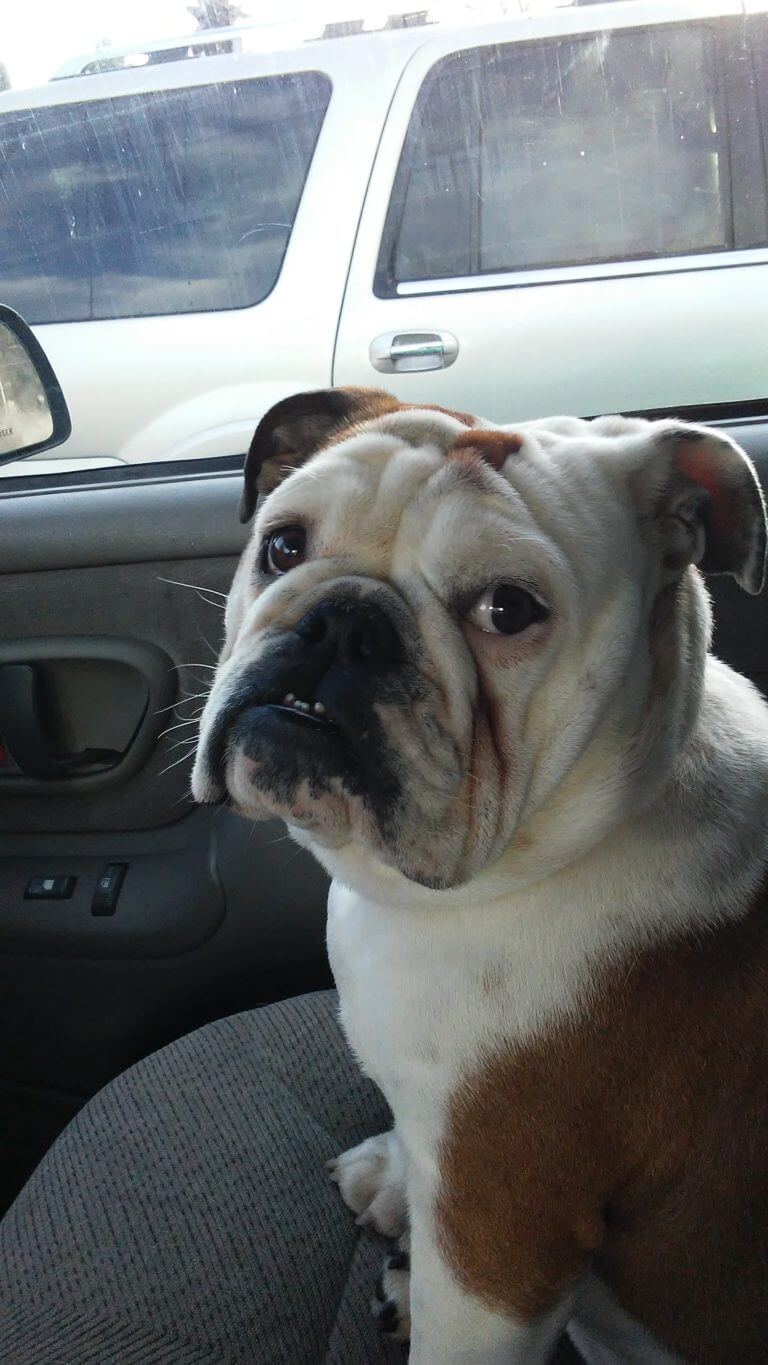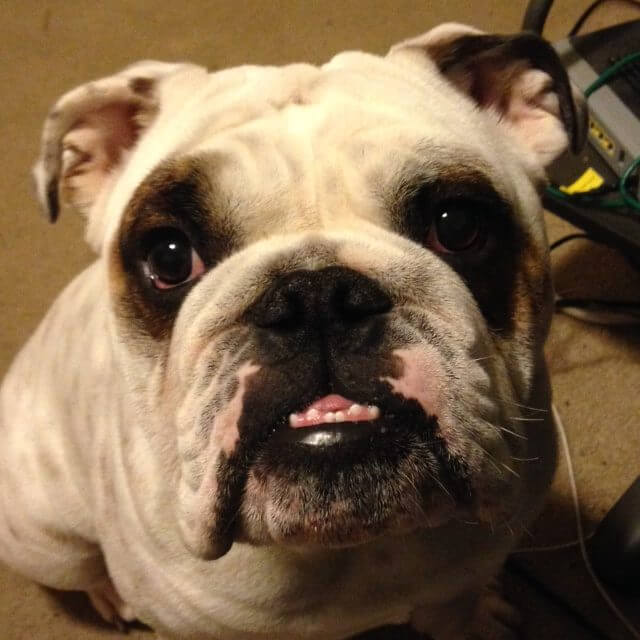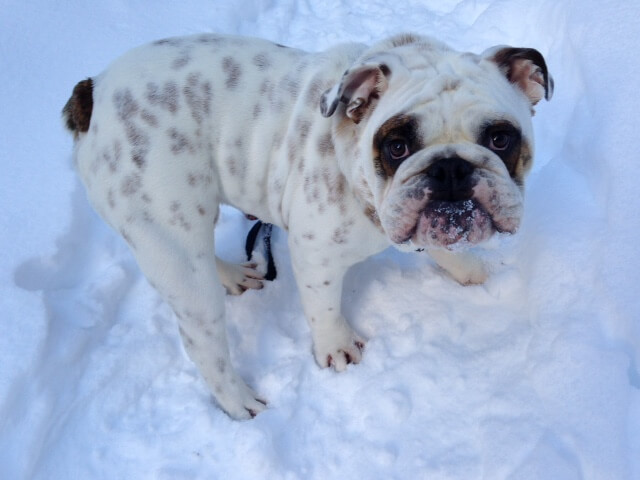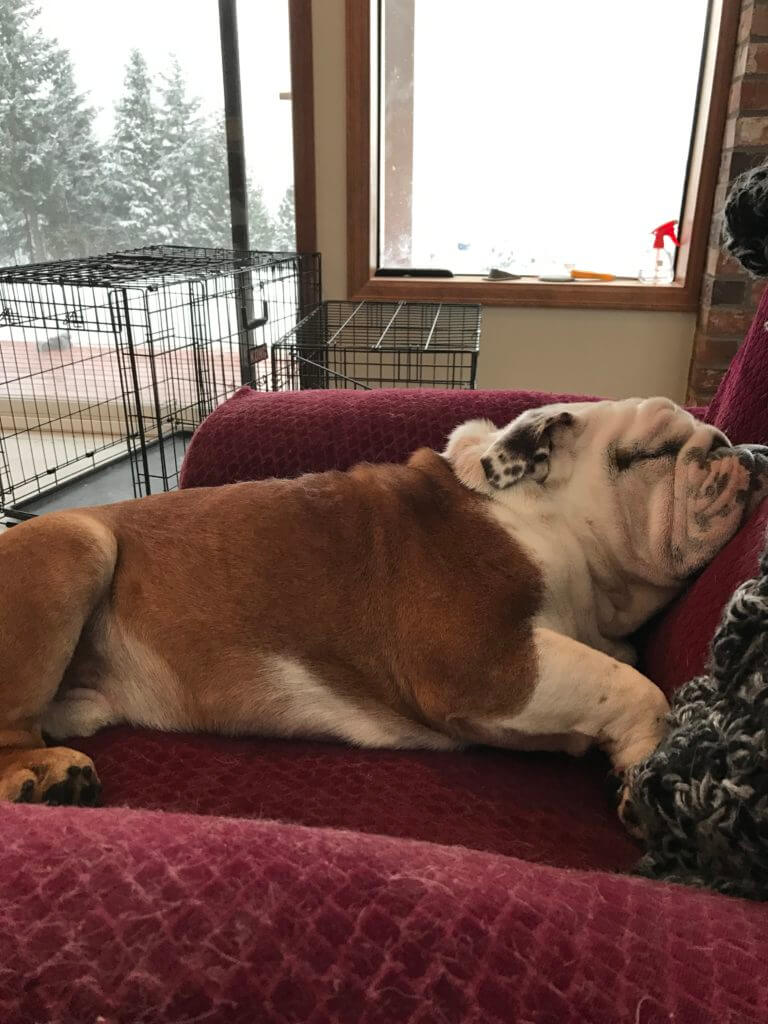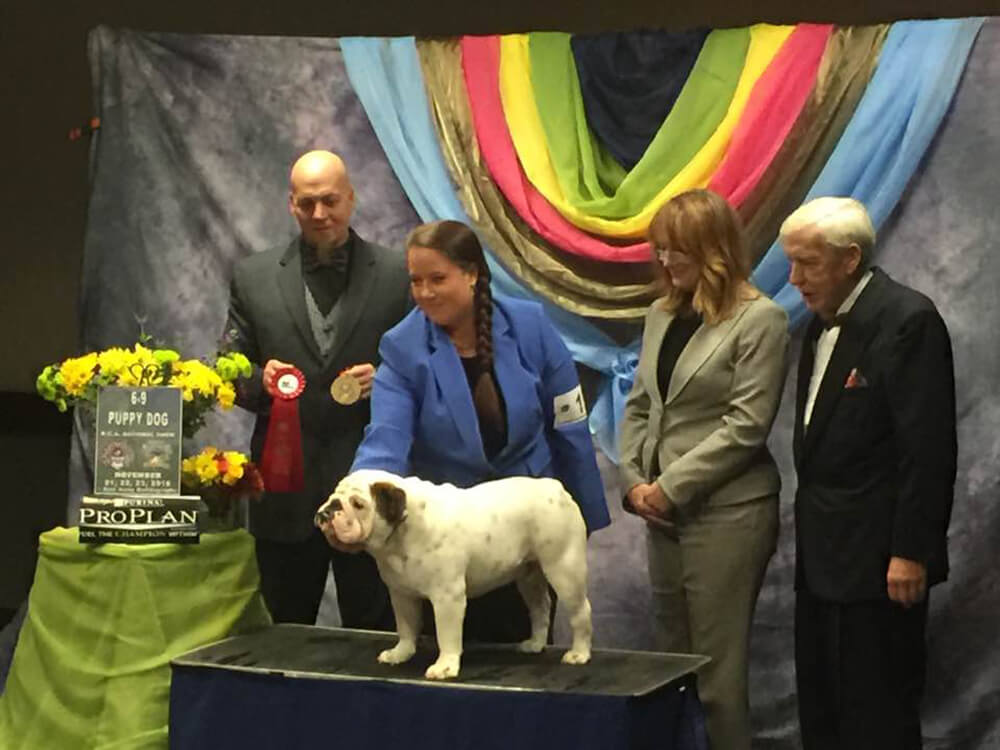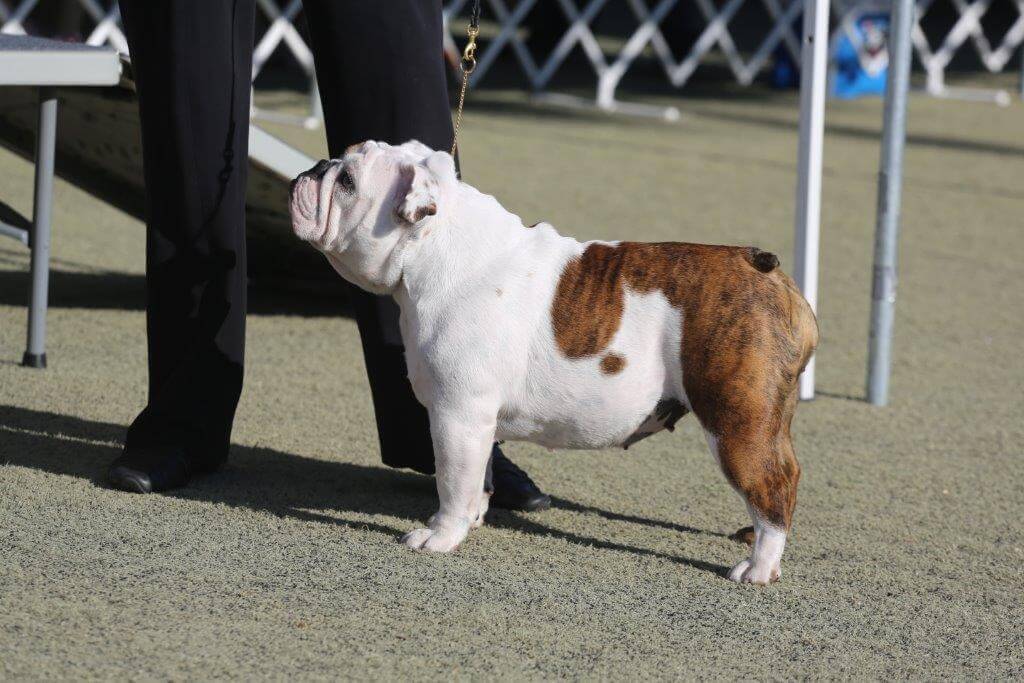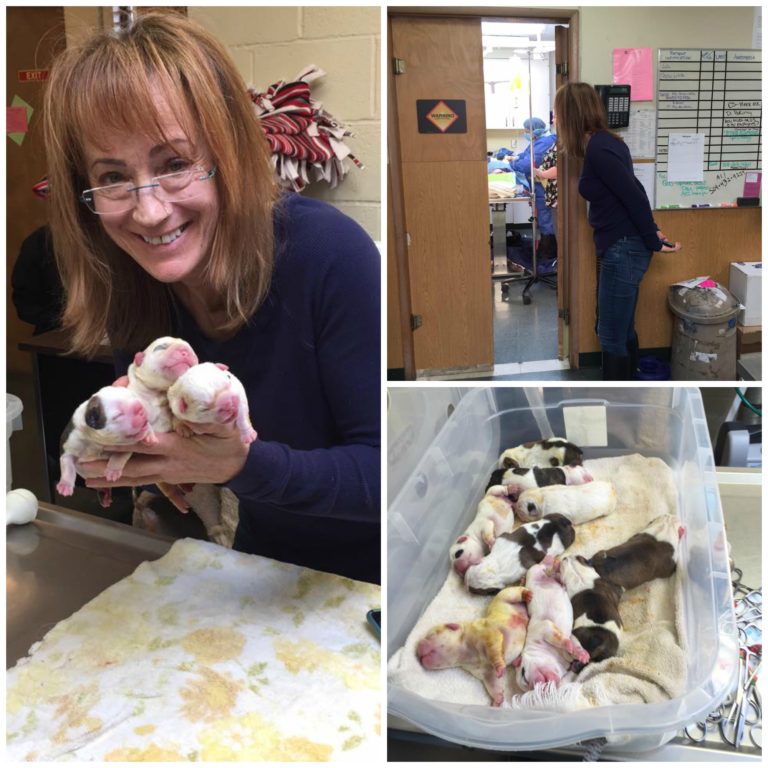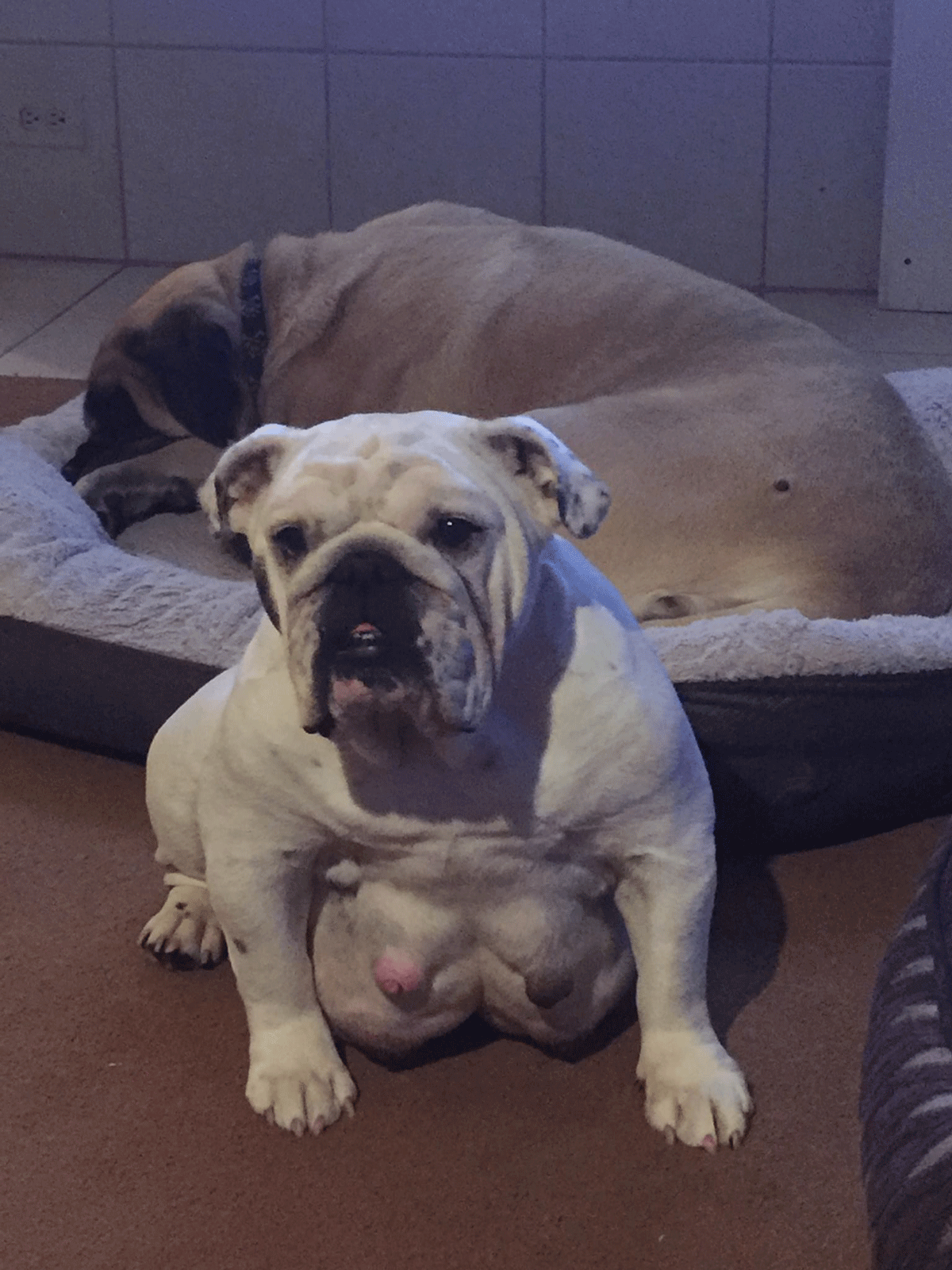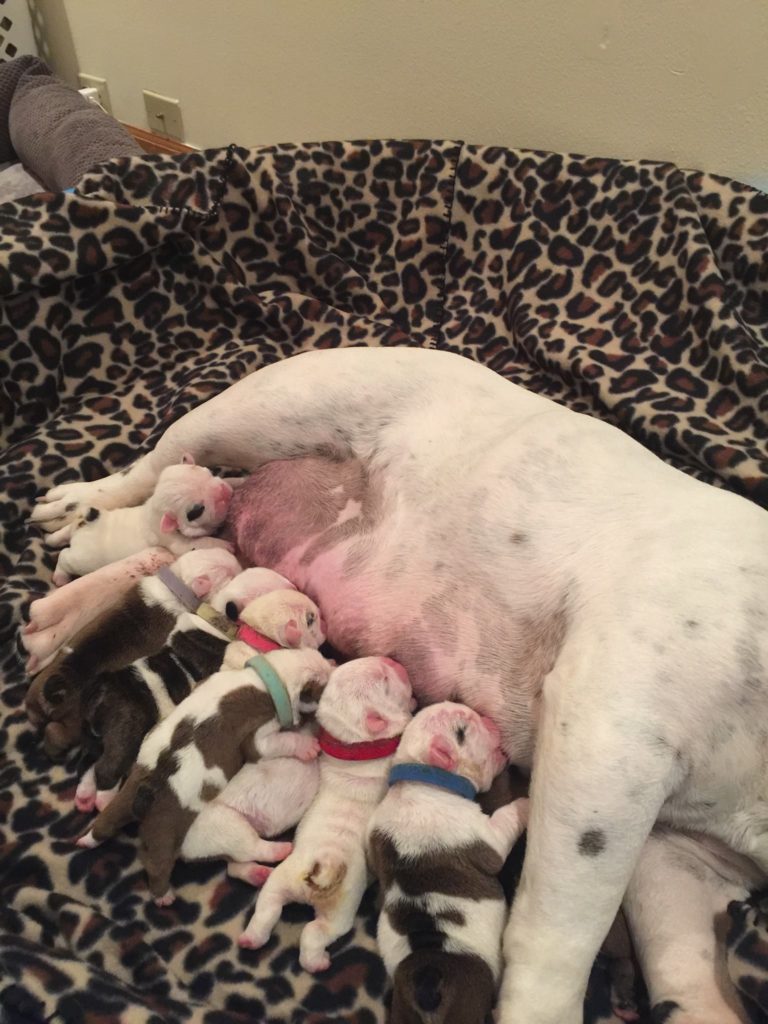
With thousands of names to choose from, finding the perfect monicker for your bulldog can sometimes feel overwhelming. Luckily, naming a bulldog isn’t like naming a child.There’s no need to worry about social acceptance (the other dogs won’t tease your bulldog on the playground if he has a weird name), and this can free you to be more creative and make a unique or even wacky name choice. So long as you’re comfortable with the name and your bulldog responds well to it, then you’re set.
But for those who’d like to go the extra mile and find a truly unique name that no other bulldog baby at the dog park will have, here is a list of 120 cool and unusual bulldog names as well as tips on how to pick the perfect name for your pet.
How to Pick a Name for Your Bulldog
-
Pick a name your bulldog will easily recognize
Dogs respond best to names that are one-to-two syllables, so select a name that’s short. Even if you choose a longer name to start, you’ll likely end up shortening it over time—Yelling “Come here, Snuggles von LovesALot” across a dog park can get old, fast.
Also, dogs respond to names with common, familiar sounds. Names with “ch,” “sh,” “k” or names that end with a long “e” sound or short “a” sound—like “Shelly” or “Kika,” for instance, will likely get your dog’s attention quicker than “Zufu” or “Xander.”
-
Choose a name you’re comfortable shouting in a dog park
This perhaps goes without saying, but yelling a name like “Darth Vadar!” in a crowded dog park might earn you some odd looks from your fellow pet owners. Consider your own comfort level with zany names and choose carefully.
-
Avoid names that sound like commands
Avoid naming your bulldog anything that rhymes with or sounds similar to a common command, such as “No,” “Sit,” “Stay,” “Down,” or “Come.” That may seem like obvious advice, but it’s worth thinking twice about, as dogs aren’t always able to differentiate between similar sounds. Names like “Joe” or “Mo” can sound too much like “no,” for example, and might confuse your bulldog.
-
Consider your bulldog’s heritage
Oftentimes it’s fun to name a bulldog a traditional English or French name. For an “English Bulldog,” you can call him Henry, Arthur, Harry Potter or Merlin, for example. For a French bulldog, names like “Delphine” or “Louis” might be a fitting choice.
-
Wait a few days before choosing a name
If you’ve just brought your new bulldog home, you may want to wait a couple of days before selecting a name. This will give you a chance to get to know your pup and become familiar with his personality, which you can use for inspiration in the naming process.
-
Consider your pup’s personality and appearance

You may want to call your all-white bulldog Snowball (or Snow White, as we did) or if you have a hyper and rambunctious bulldog, then names like “Fizz” or “Chipper” might be a fun option.
Unique female bulldog names
Picking a uniquely female name can help prevent the “Is it a boy or a girl?” question that often comes when you name your bulldog a gender-neutral name. The list below include several more interesting picks.
1. Beena
2. Chatty
3. Lolly
4. Loula
5. Mooka
6. Nyla
7. Polly
8. Reena
9. Sally
10. Thera
11. Vivi
12. Zee
Unique male bulldog names
Some of the most popular male bulldog names include “Tank,” “Max,” “Winston” and “Rocky;” all great names, for sure, but they’re not the most original. Below is a list of fun and quirky bulldog names that will stand out from the crowd (just like your special bully).
13. Dart
14. Gazer
15. Gordy
16. Horace
17. Lemmy
18. Levar
19. Titan
20. Trusty
Cute bulldog names
Just because the names are unusual doesn’t mean they can’t be cute, too. The following one and two-syllable names are goofy and cheerful and ideal for a bulldog with a sweet or spunky personality.
21. Bear
22. Biggie
23. Boo
24. Chips
25. Chow
26. Cuddles
27. Dixon
28. Dorian
29. Fluff
30. Gemmy
31. Goober
32. Jade
33. Kola
34. Kringle
35. Mellie
36. Moo
37. Mouse
38. Numa
39. Opal
40. Pooka
41. Prentiss
42. Puddles
45. Shaggy
46. Shasta
47. Shayne
48. Shotzie
49. Tater
Cool bulldog names
If your bulldog has a mellow and calm personality, then a classically cool moniker may be a good choice. Place a stylish pair of sunglasses on your bully and call him “Blaze” or “Lottie” and you have yourself one cool bulldog-y.
50. Amadio
51. Apollo
52. Barker
53. Barkley
54. Billy
55. Blaze
56. Boomer
57. Braden
58. Chavez
59. Cruz
60. Davey
61. Dustin
62. Eduardo
63. Francis
64. Harris
65. Hayden
66. Jake
67. James
68. Johnny
69. Lindy
70. Lottie
71. Nyx
72. Oakley
73. Pablo
74. Pixel
75. Roller
76. Saroshi
78. Vixen
Fun bulldog names
Does your bulldog love to play? Is he rambunctious and silly? Maybe even a little mischievous? Then one of these fun bulldog names below might be perfect.
79. Bestie
80. Budda
89. Forrest
90. Girlie
91. Gnome
92. Jobie
93. Lion
94. Melon
95. Pony
96. Pride
97. Puma
98. Starr
99. Tank
100. Taz
101. Wags
Unusual bulldog names
There are unique bulldog names and then there are unusual bulldog names. If the names above weren’t interesting enough, the 18 names below might work.
102. Baby
103. Bonita
104. Bronco
105. Bustle
106. Cheech
107. Cherry
108. Cozy
109. Duster
110. Fisher
111. Gus
112. Hobo
113. Keyster
114. Lotus
115. Maizie
116. Pierre
117. Ragin
118. Raider
119. Tabby
120. Tails
About Cascade Bulldogs: Cascade Bulldogs is a bulldog blog that provides information on how to raise, train and show bulldogs (also referred to as “English bulldogs”). It is managed by bulldog owners Gail and Eddie Harris.
Related Posts:

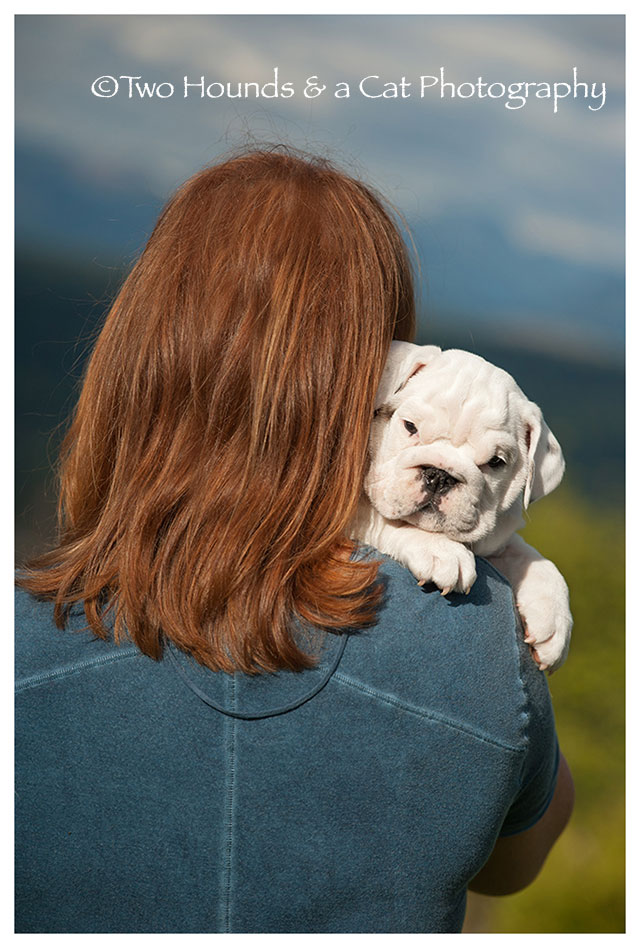


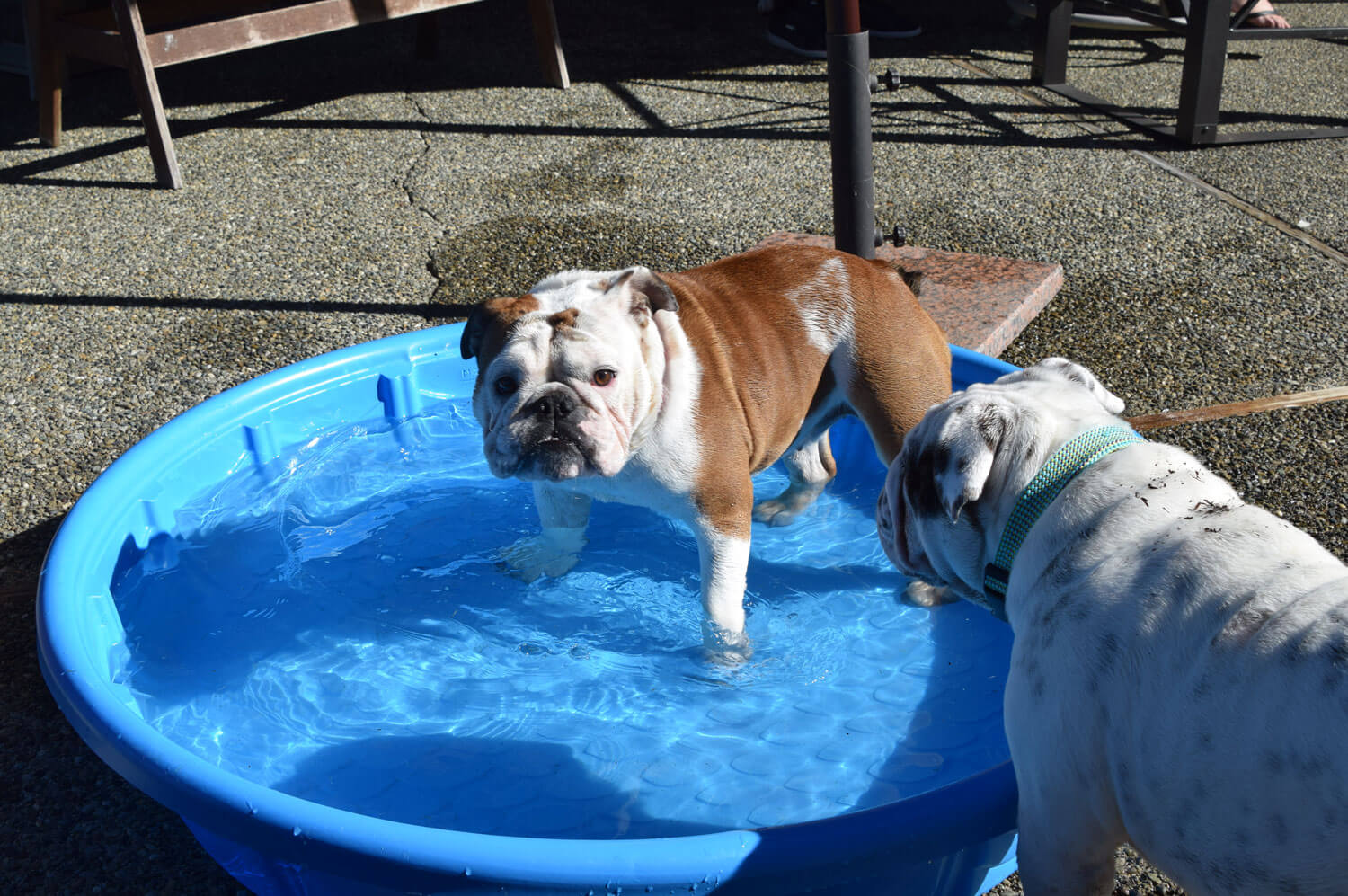 Lounging in the pool.
Lounging in the pool. Yes? May we help you?
Yes? May we help you?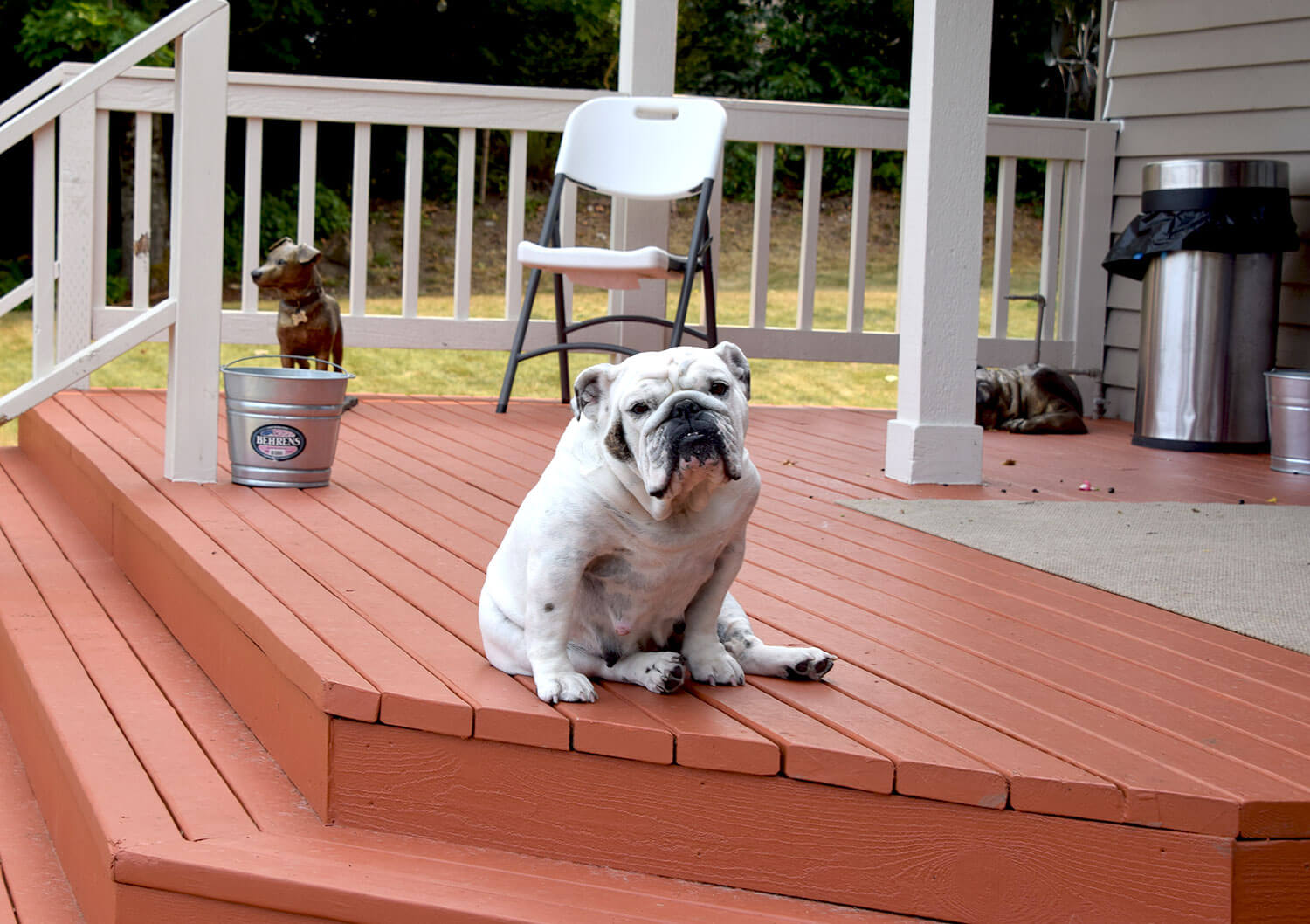 Just taking a break.
Just taking a break.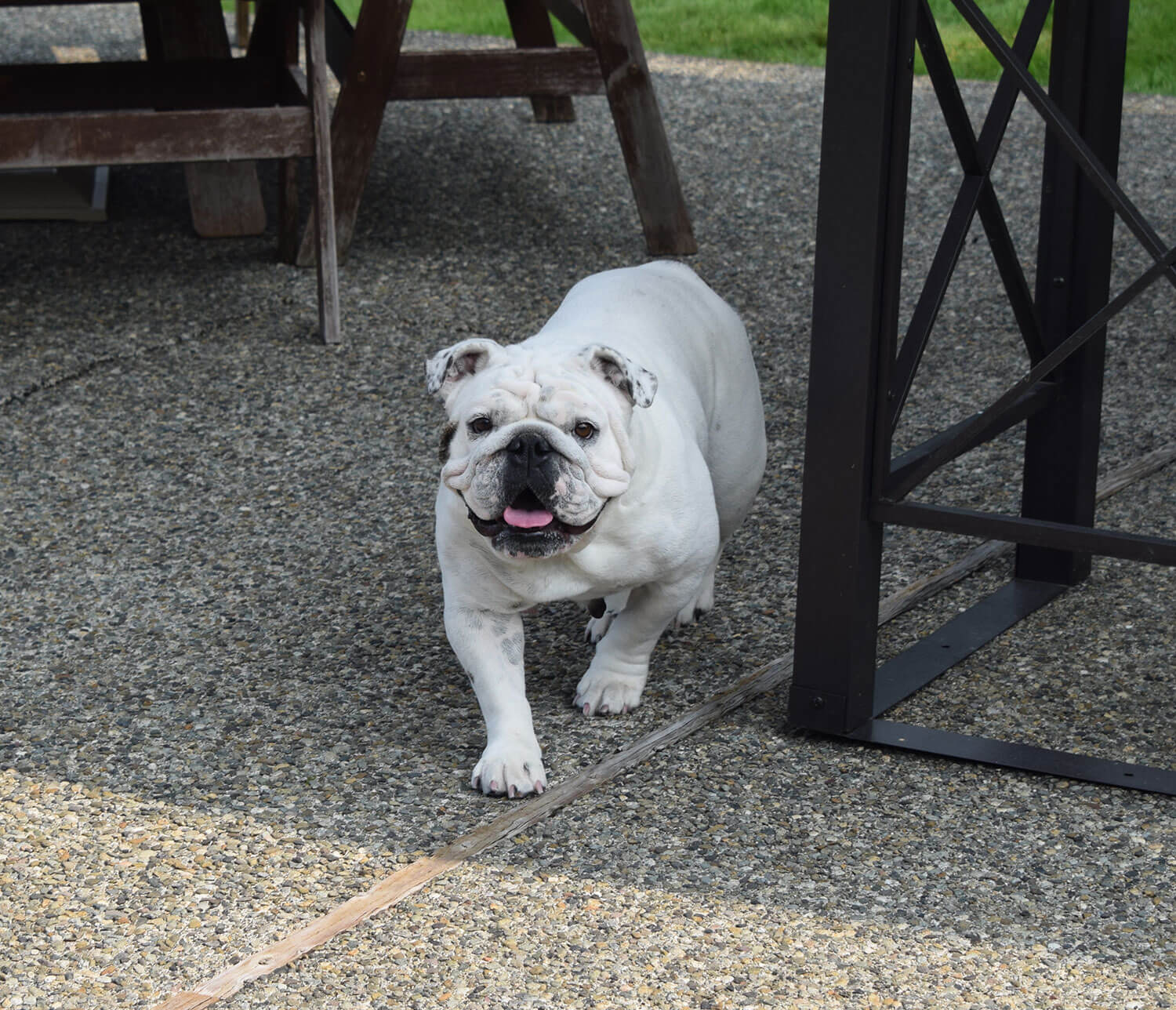 What a happy pup!
What a happy pup!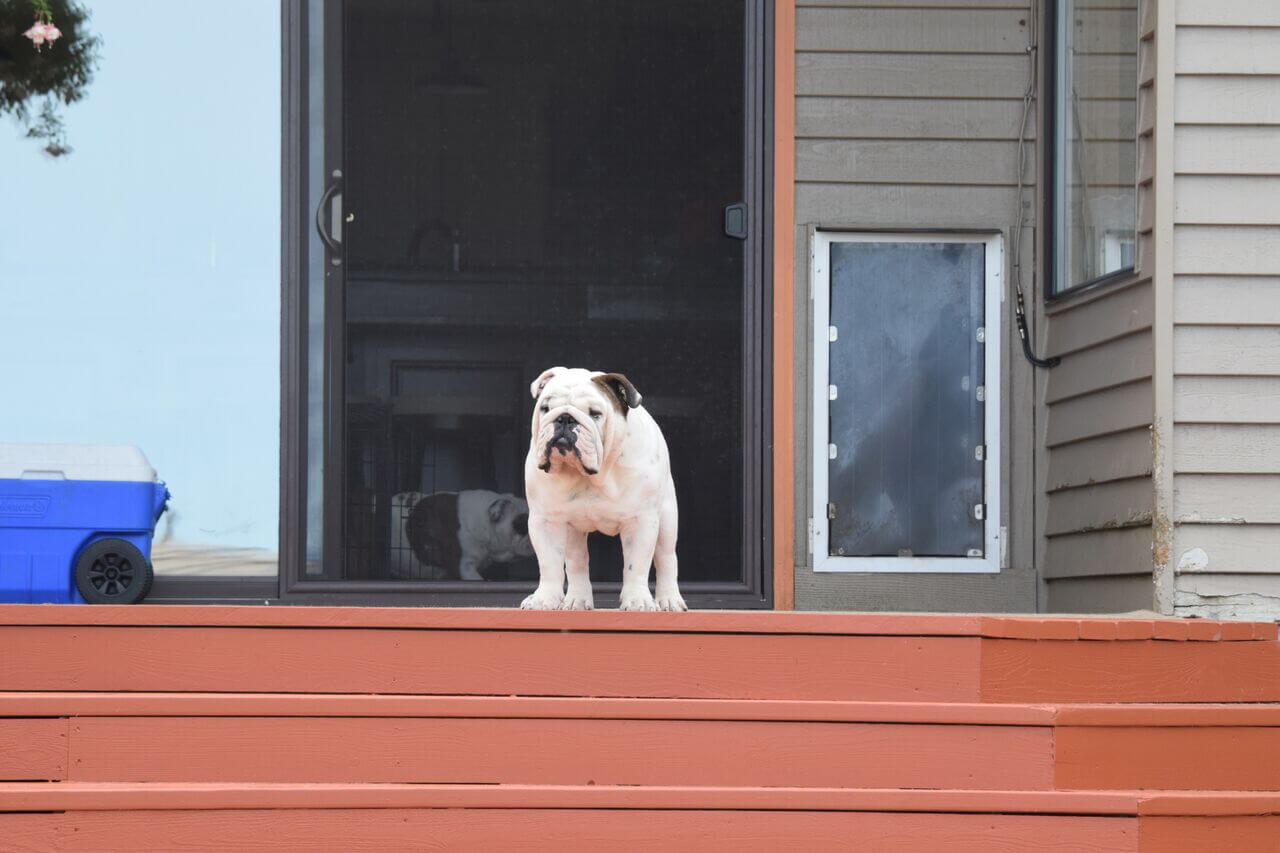 Hey guys! Wait for me! I want to play, too.
Hey guys! Wait for me! I want to play, too.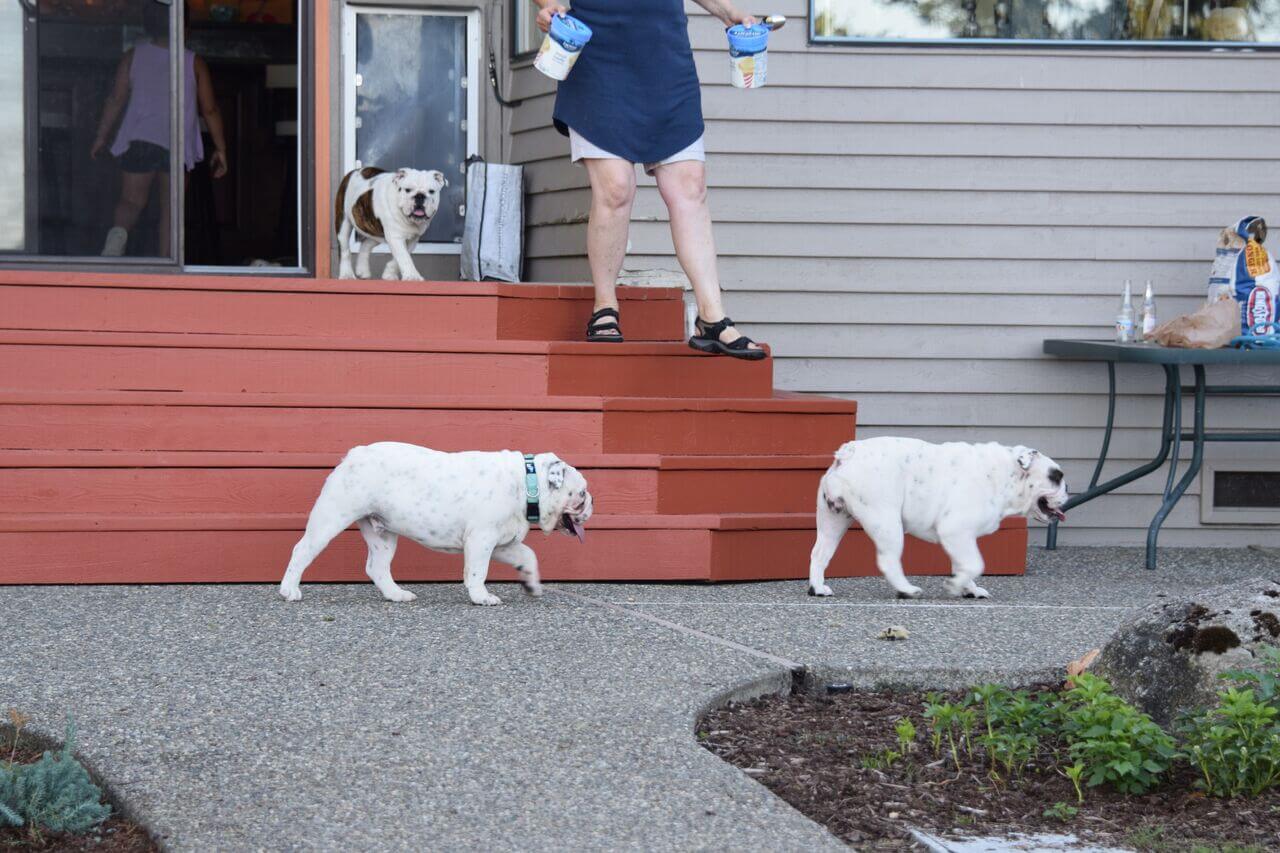 We’re following the leader.
We’re following the leader.
